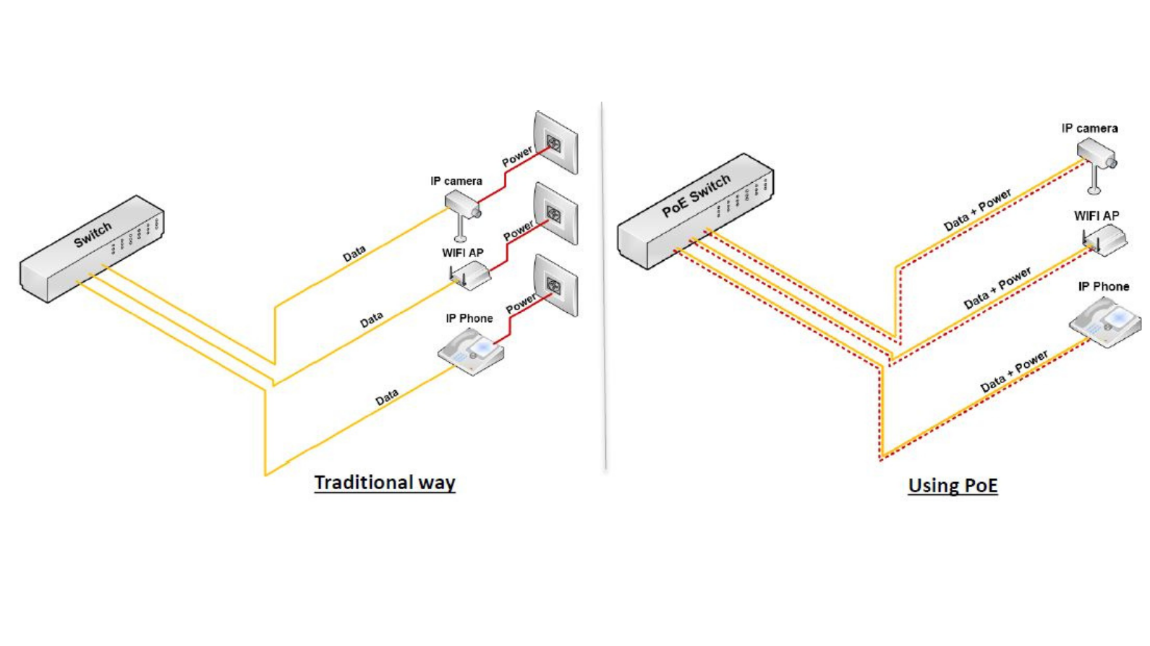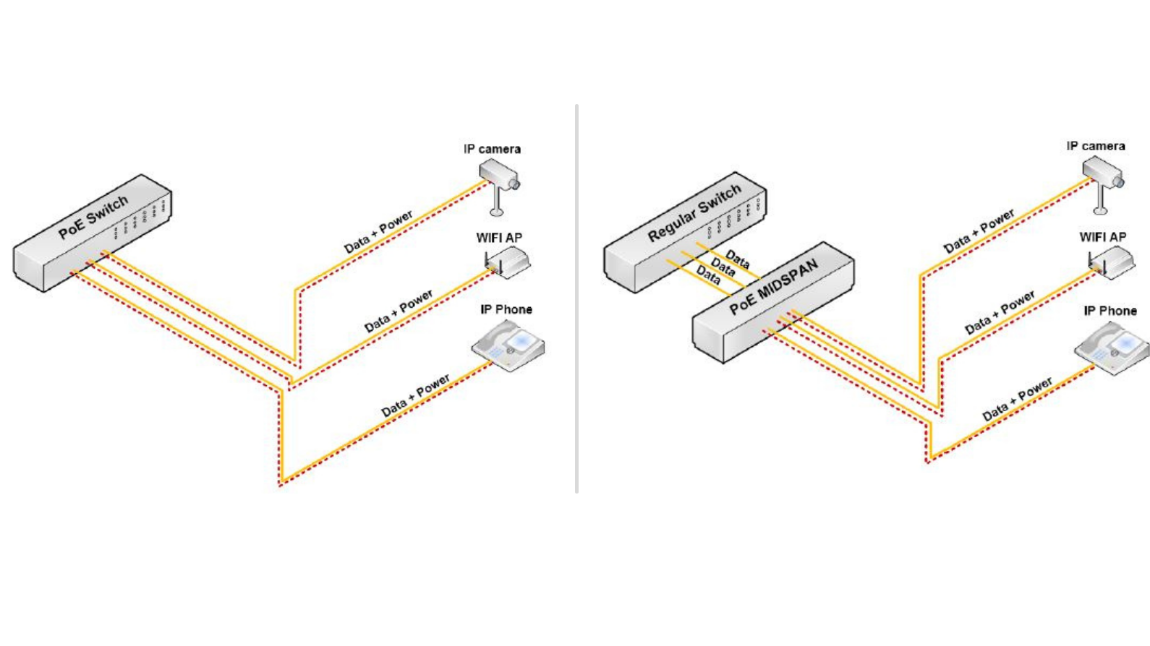- 关于我们
- 数据网络
- 通信基础设施
- 产品
-
资源中心
- 资源中心
- 文件中心
- Blog
-
成功案例
- Overview
- Innoasis development in Norway
- Eemsdelta Campus
- Hotelschool The Hague
- Emergency covid hospital, Hong Kong
- Société du Grand Paris
- Centrin Datacentres
- Airbus
- Athens Historic City Hall
- Pinewood Studios
- Goethe University Frankfurt
- Denmark New University Hospital
- 图卢兹大学
- CHM Maubeuge: a model for future-ready hospitals
- 英文博客
- 软件工具
- 质保
- 新闻及动态
- 查找
- 联系我们
- Compare
- 登录
企业网
Why you should consider Power over Ethernet


Network convergence in modern buildings brings more end devices such as Wireless Access Points, IP cameras or VoIP phones onto the LAN. But each of these devices requires power to operate. This post looks at how Power over Ethernet (PoE) can help deliver that power and what your network requires.
The importance of power
Bandwidth and power are the two most important factors to consider when deciding what cabling infrastructure to install in an office environment. Certain devices, such as Wireless Access Points (WAPs), require both high bandwidth and high power levels, whilst some need only low bandwidth and power levels. Other applications may require high bandwidth but only low power levels. So, when planning an IT upgrade of your building - or constructing one from the ground up – you will have to provision for how much bandwidth and power will be needed – and where - for present and future.
Which devices can be powered with PoE?
A modern office has to connect a growing number of Internet of Things (IoT) devices. The most common ones being VoIP phones, WAPs, information screens and CCTV cameras. All of which are increasingly powered through PoE. Building automation systems such as access control, lighting, HVAC, will typically be connected to the electricity net. Although certain sensors, actuators and system controls can also be powered through PoE.
PoE – how does it work?
In the traditional way an end device requires two separate connections. First, a network connection so the device can communicate with the server through an Ethernet switch. Secondly, a power connection that delivers electrical power to the device so it can operate.
With PoE, both the ethernet network and power connection are established using a single copper data cable to the end device. One direct benefit of this is that power outlets are no longer needed for PoE powered devices.

There are two ways you can go to add PoE to a network. The first one is to use PoE enabled switches with built-in PoE injectors. When the switch detects a PoE compatible device it delivers power to it automatically.
The second way to enable PoE capability is by adding Midspan or Power Injectors to your network. The Ethernet ports of the regular non-PoE switch are connected to the Midspan with RJ45 data cords. The Midspan in turn will add electrical power to the data signal as it connects with the end device.
In a next blog post we will look closer at the different types of PoE as defined by the standardisation bodies.

Categories
我们的网站
选择你的国家查找我们的产品和解决方案
-
Africa
- Africa
- Ghana
- Ivory Coast
- Morocco
- North West Africa
- Americas
- Asia
- Europe
- Oceania
